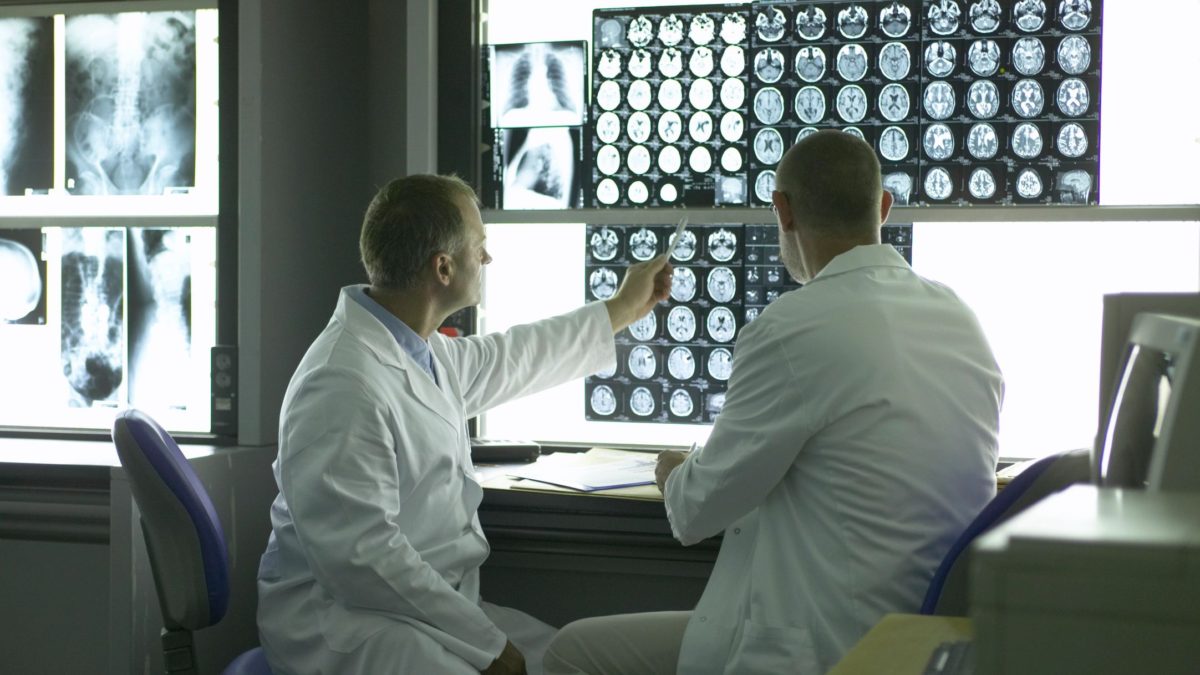Here are some latest discoveries and most current research on the ADHD brain
When it comes to neurological disorders like ADD and ADHD, there is a lot that has to be known and understood. With advancements in the field of science and technology, scientists and researchers are continuously updating their knowledge and deepening their understanding of how these disorders affect the functioning of the brain.
These researches are enabling neurotherapists and physicians devise new means to provide Neurotherapy treatment for ADHD. But most of the findings that have emerged from these researches seem to contradict with the existing knowledge of the condition. And as we continue to throw more and more light on an ADHD brain, we might inch a step towards its cure.
The statistics by CDC or Center for Disease Control and Prevention from the year 2015 shows that over 6 million children in America are affected by ADHD. With the continuous rise in ADHD diagnosis, there is an unprecedented surge in the number of those having this disorder.
ADHD or ADD is a brain disorder that is most commonly diagnosed by the age of 7 years. In contrast to what most think, the chance that a child with ADHD outgrows it is small. Studies have shown that over 75 percent of adults with ADHD diagnosis as a child continue to demonstrate its signs and symptoms. But one thing that is clear is the disorder poses significant challenges for the sufferer throughout their life and there is a lot more to study and research to find an effective ADHD cure.
One of the most prevailing views on ADHD is that it is a brain disorder that is present in a person from childhood. However, it is a challenge to identify and diagnose the symptoms associated with ADHD. Since most diagnoses happen only after problematic symptoms become evident (which commonly occurs when a child enters elementary school) it is hard to research young kids who have ADHD. This late diagnosis of ADHD is probably the reason why we know so much about ADHD children from this particular age set as compared to other age groups. But constant efforts by neuroscientists and doctors from around the globe are helping them piece together this puzzle and expand their perspective on ADHD and its possible treatments.
Brain Differences in People with ADHD
To look deeper into ADHD and how it affects the functioning of the brain, researchers are comparing the differences in the brains of those with and without ADHD. The comparison has revealed several key differences on how the brain works in both the situations. From the study, researchers have found that ADHD can be passed down in a family indicating that is may be inheritable via DNA .
Many kinds of research and studies have shown that specific brain structures have higher chances of ADHD diagnoses. Amygdala, which controls emotion, aggression, and memory, is one such brain structure. Studies have discovered a clear link between a small-sized amygdale and ADHD symptoms. Furthermore, researchers have also found that those with smaller amygdala have poor neural connections with the pre-frontal cortex. Since the pre-frontal cortex controls sequencing, planning and tactical behaviors in the body, scientists suggest this may be a possible cause of impassivity in ADHD patients.
If you or your loved one suspects that someone may have ADHD please do not hesitate to request a proper test through your family physician. For an effective, proven, drug free solution using Neurotherapy please contact us for a free consultation to see how we can help you or those you care about.





